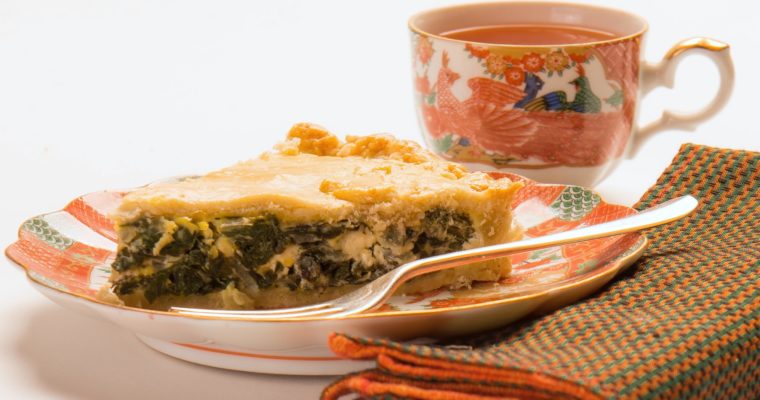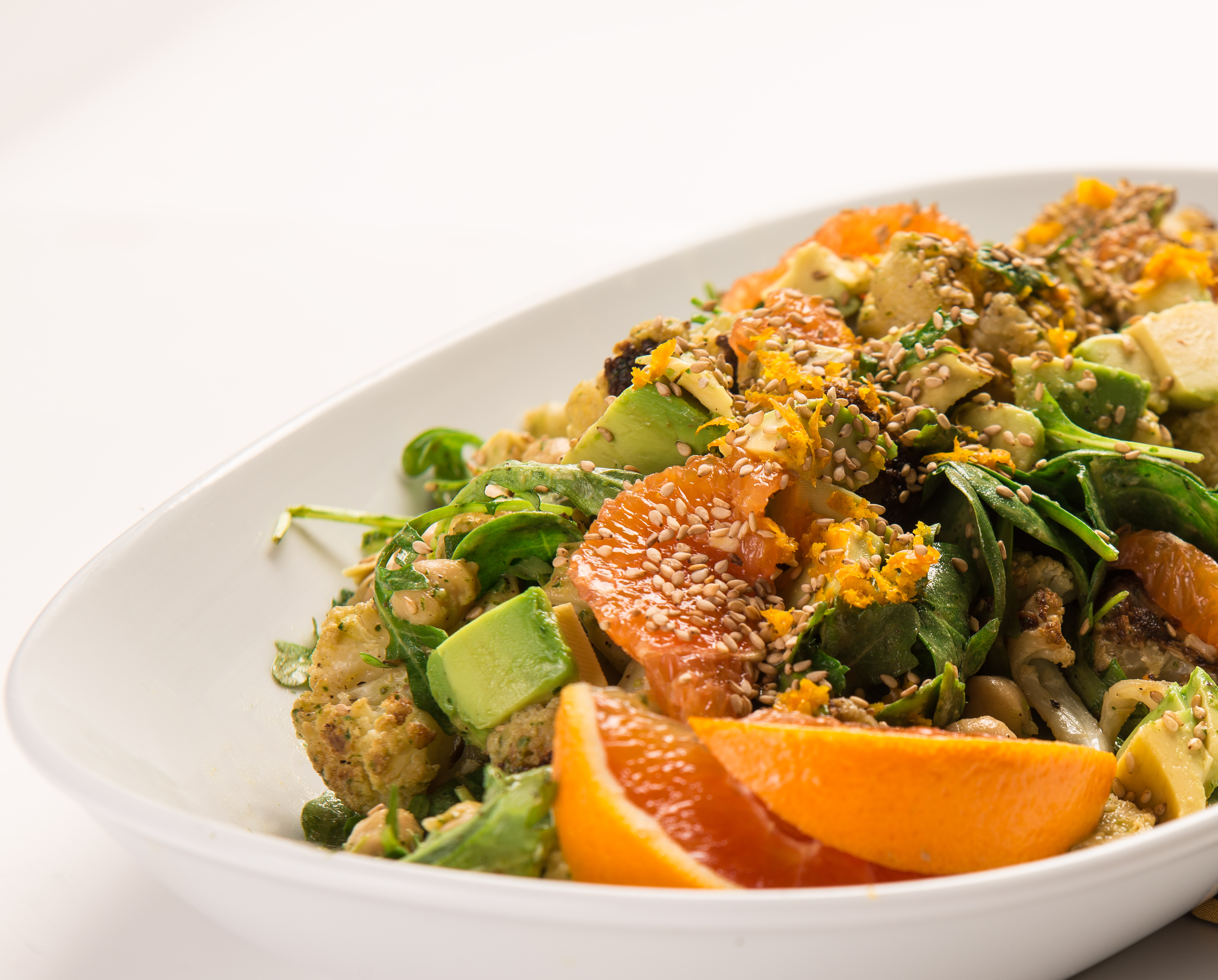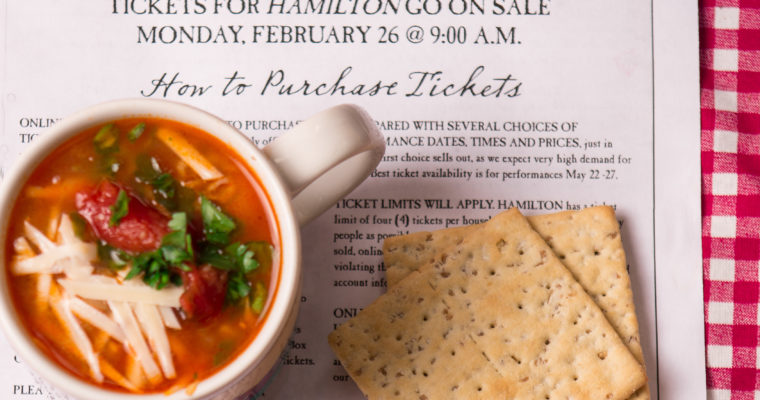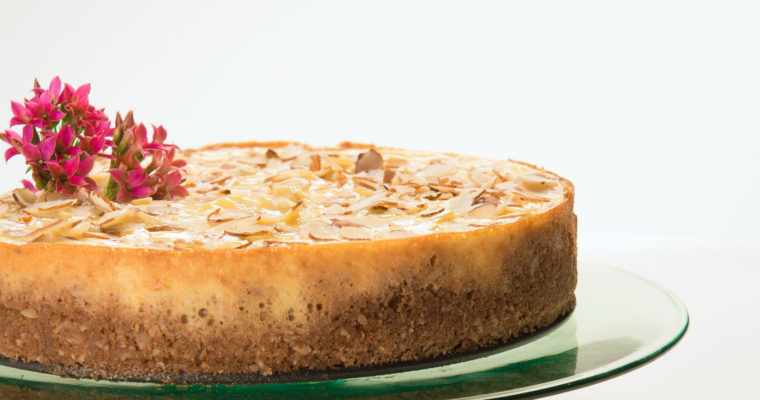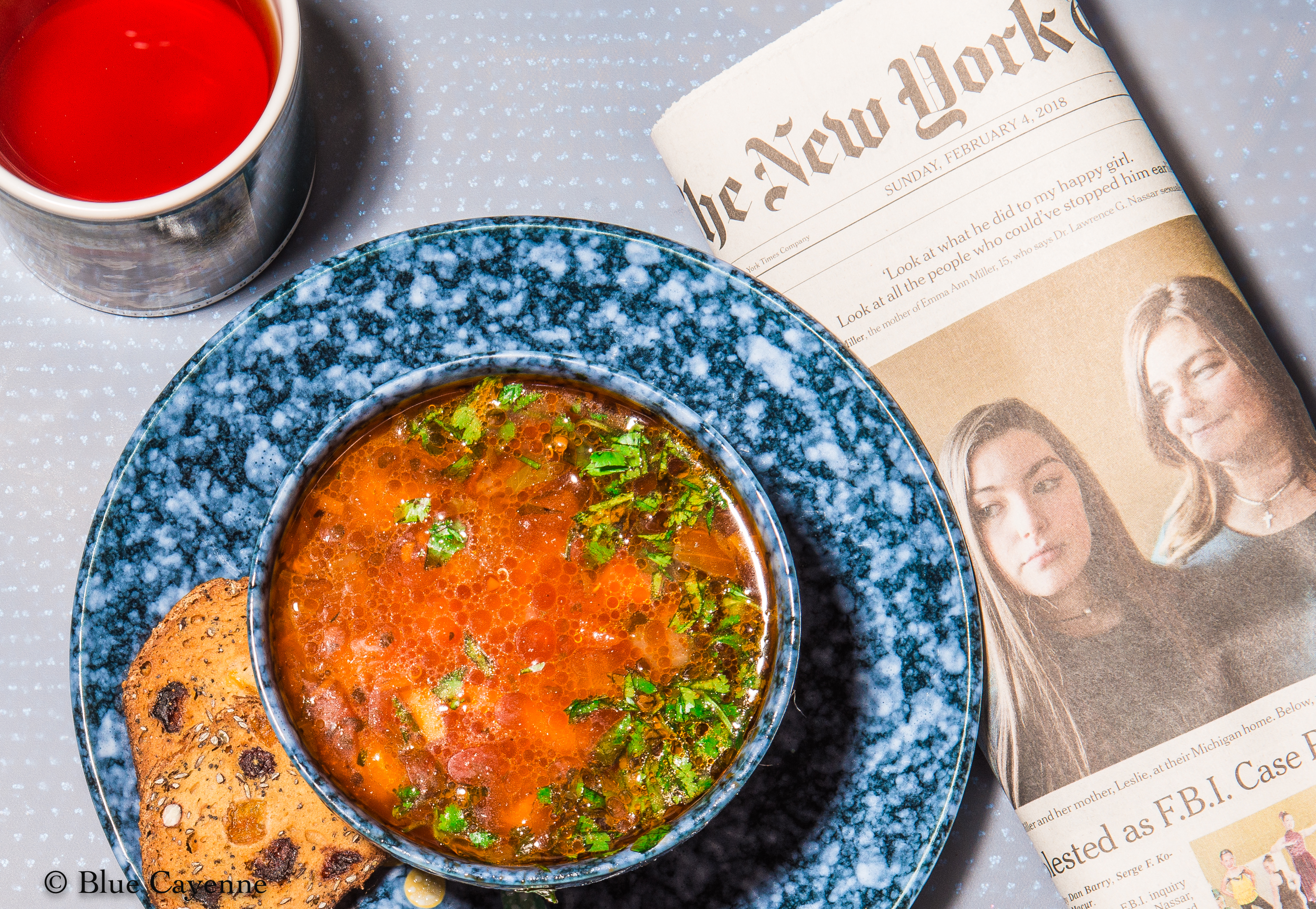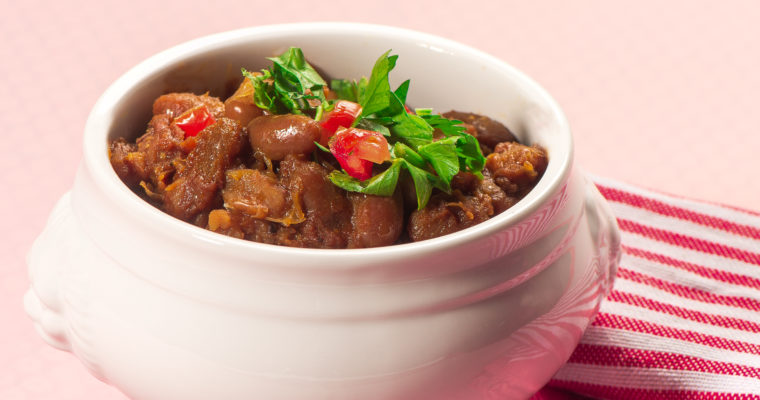Eat Your Greens: Provencal Greens Soup
I was recently at a restaurant in downtown Santa Ana where I foolishly let myself be talked into ordering the house’s kale salad. I’m usually a hard sell when it comes to kale, but I liked the young waitress’ enthusiasm as she assured me that…
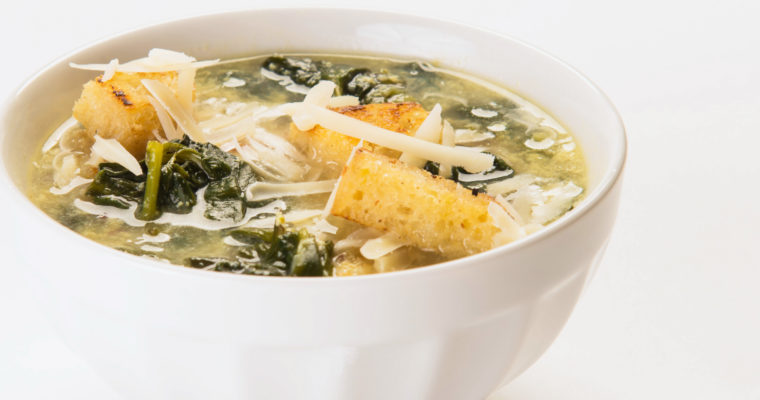
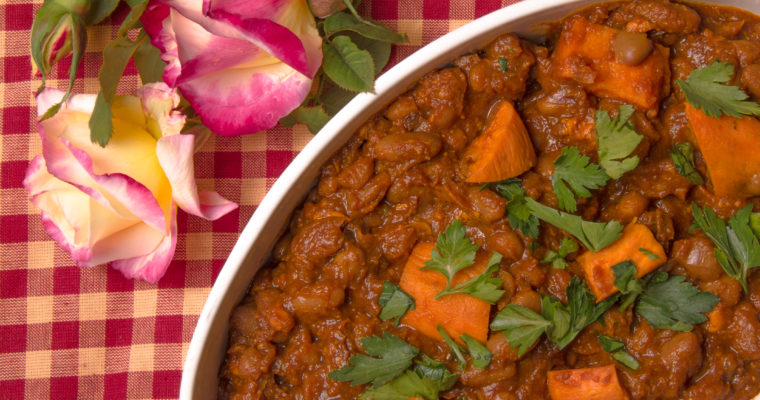
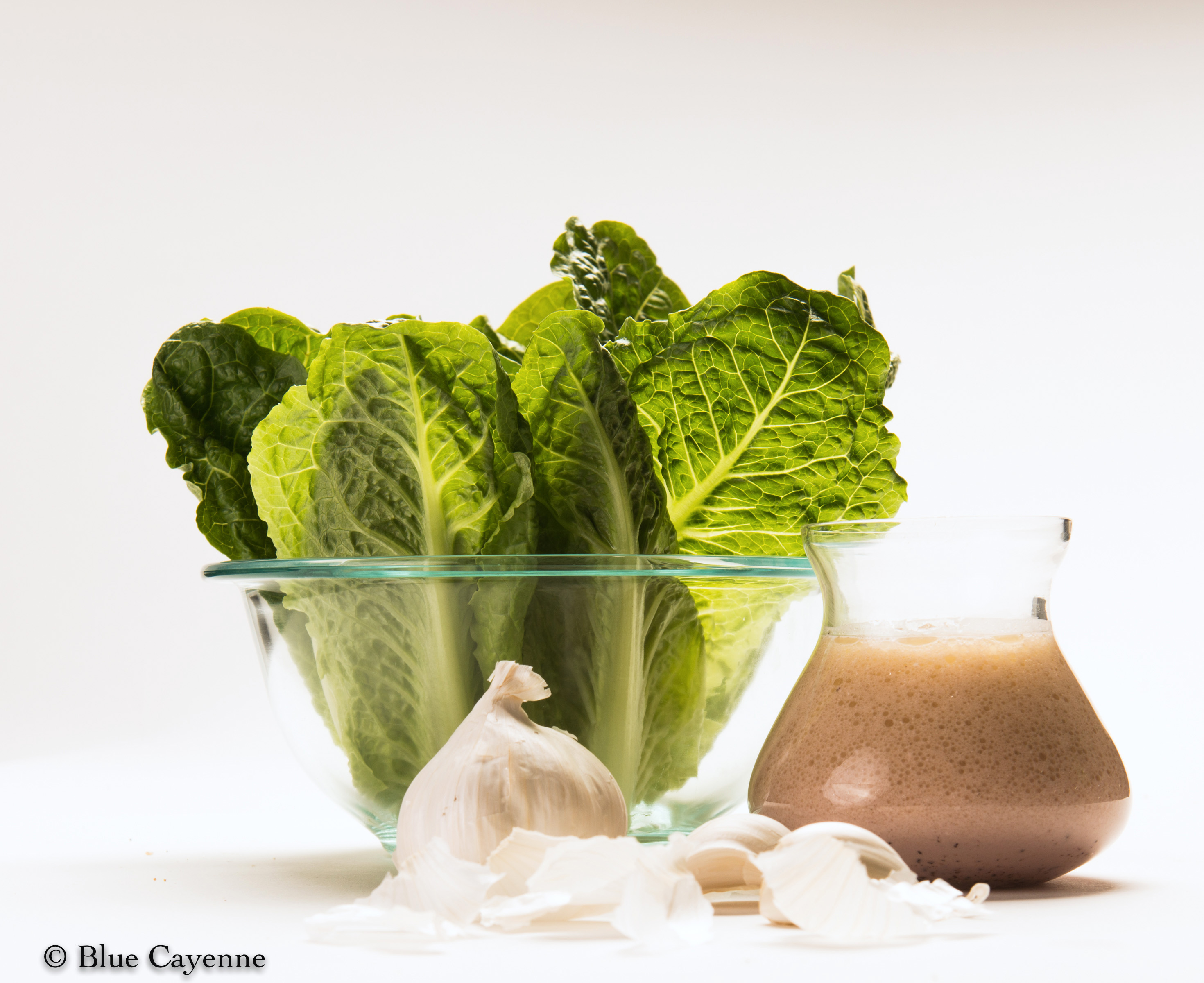

 Save Recipe
Save Recipe

